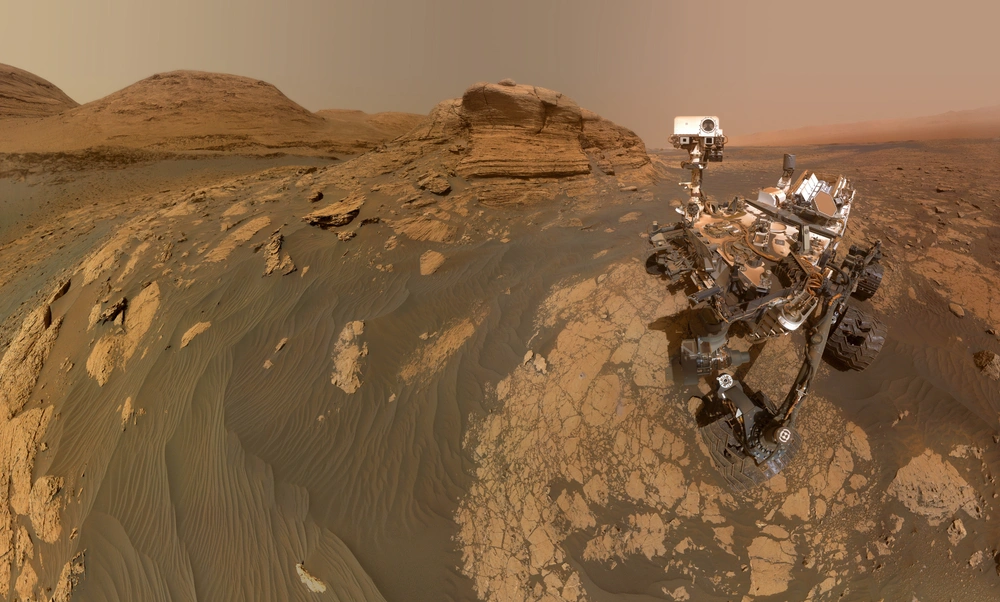NASA’s Curiosity rover has made a groundbreaking discovery, detecting the most substantial organic molecules ever found on Mars. These complex hydrocarbons, known as alkanes, were identified in a 3.7-billion-year-old mudstone sample from a rock dubbed “Cumberland,” located in the Yellowknife Bay area of Gale Crater.
Alkanes are hydrocarbons consisting of carbon chains with hydrogen atoms attached. On Earth, they are commonly associated with biological processes, often resulting from the decomposition of fatty acids, which are vital components of cell membranes. However, it’s crucial to note that alkanes can also form through abiotic mechanisms.
The detection was made possible by Curiosity’s Sample Analysis at Mars (SAM) instrument suite. SAM heated the rock sample to approximately 1,800 degrees Fahrenheit (1,000 degrees Celsius), releasing gases that were then analyzed to identify their composition.
While this discovery doesn’t confirm the past existence of life on Mars, it significantly enhances the planet’s potential for preserving ancient organic material. As Daniel Glavin from NASA’s Goddard Space Flight Center stated, “There is evidence that liquid water existed in Gale Crater for millions of years and probably much longer, which means there was enough time for life-forming chemistry to happen in these crater-lake environments on Mars.”
This finding underscores the importance of continued exploration and sample analysis to unravel Mars’ geological and potential biological history. Future missions aimed at returning Martian samples to Earth could provide more definitive insights into these complex organic compounds and their origins.


